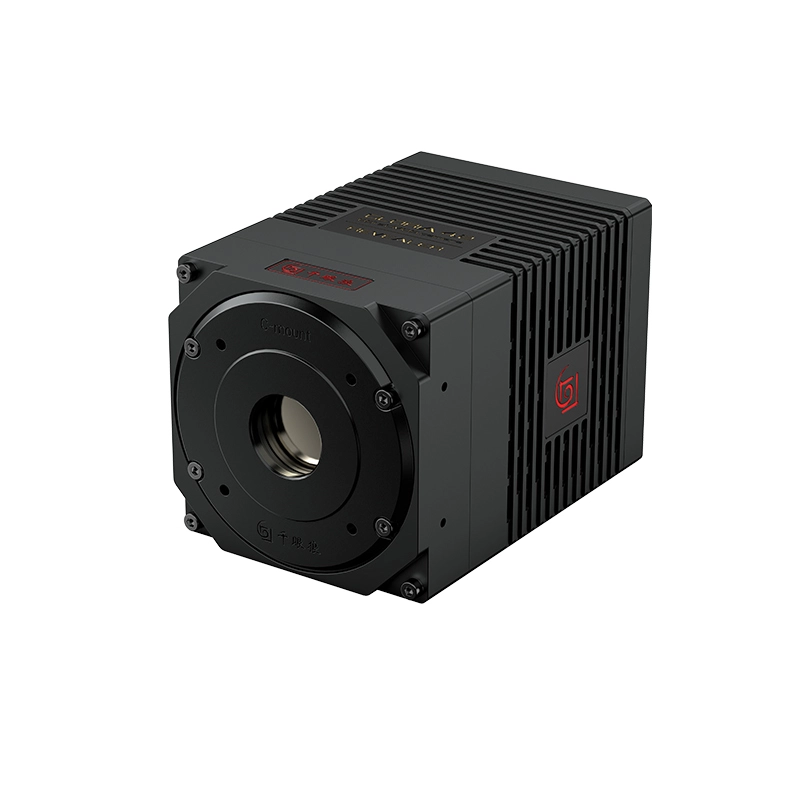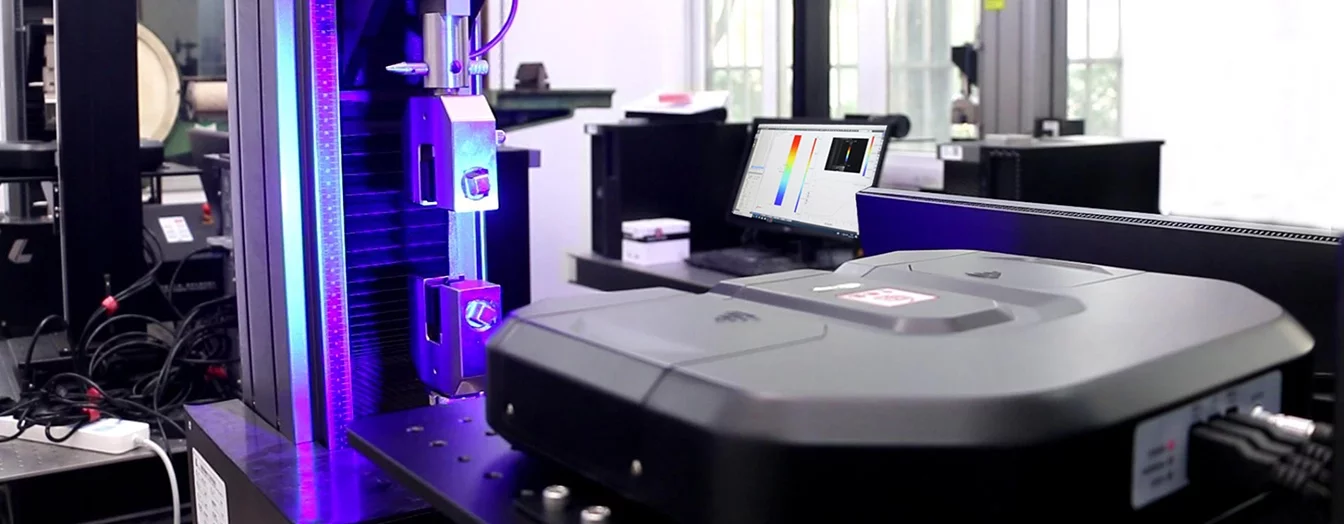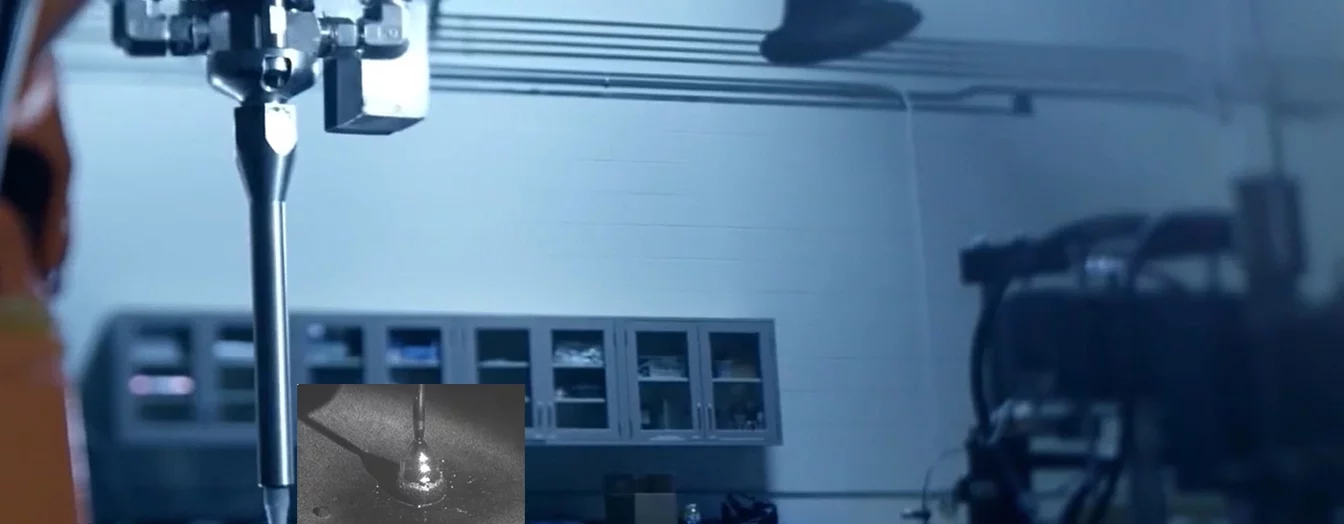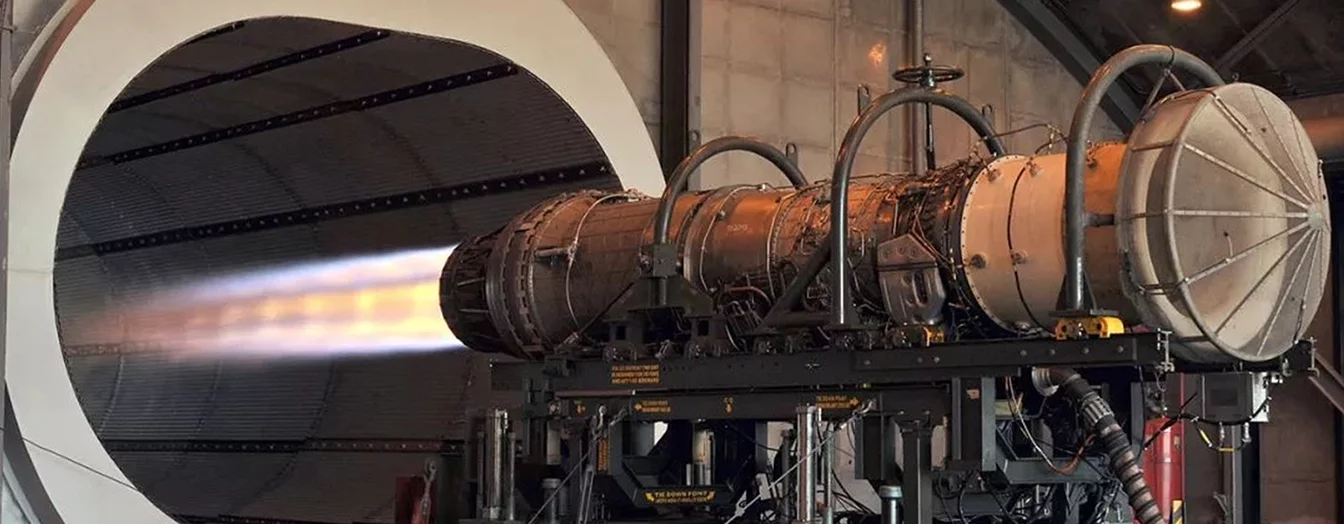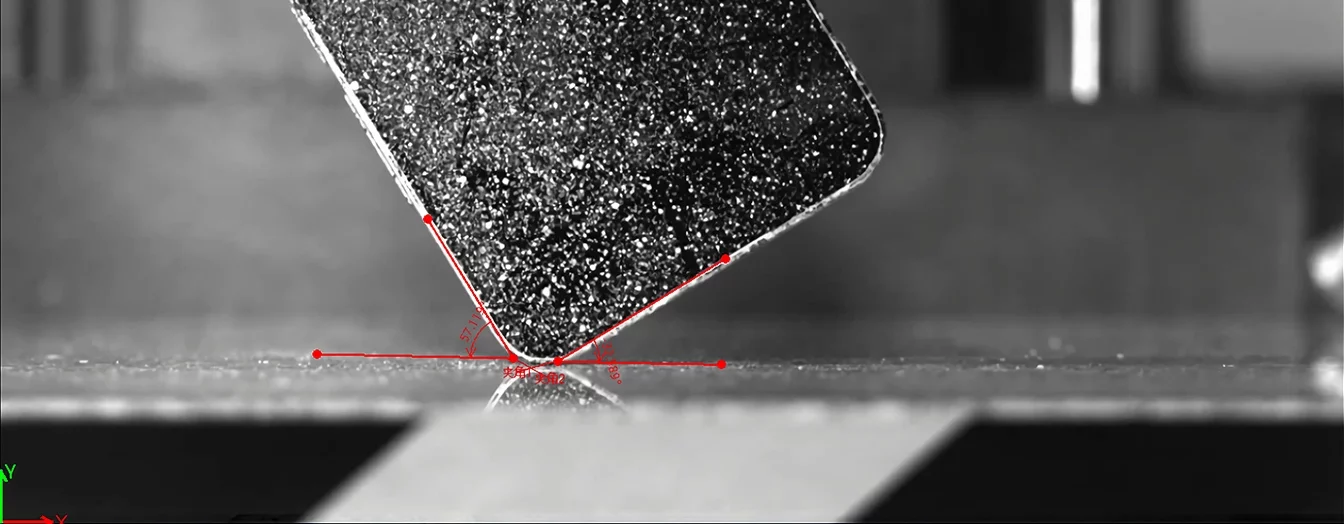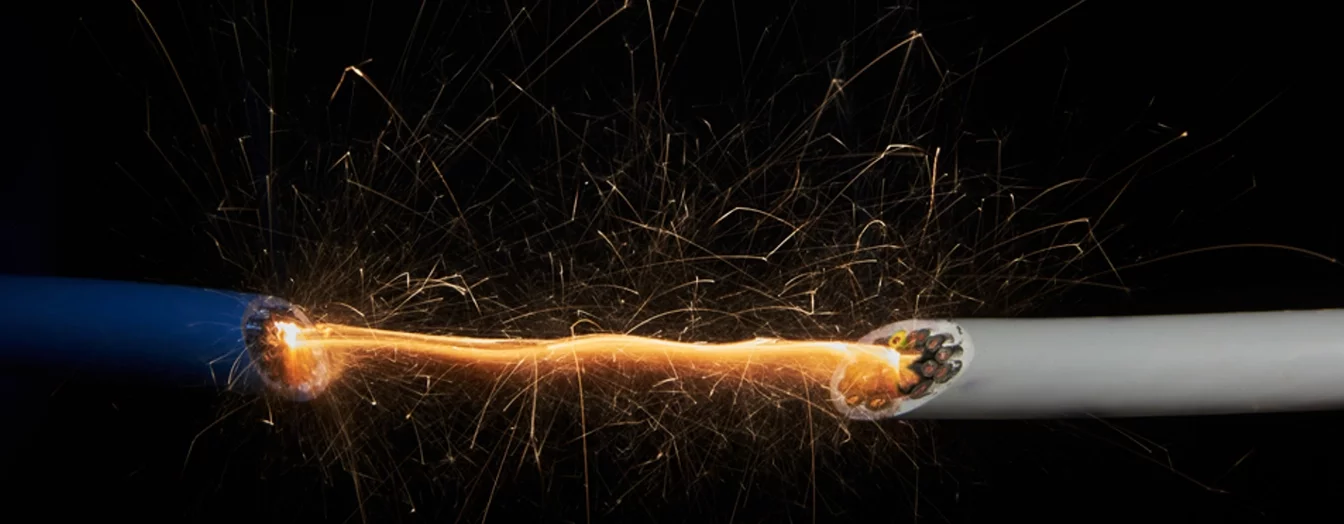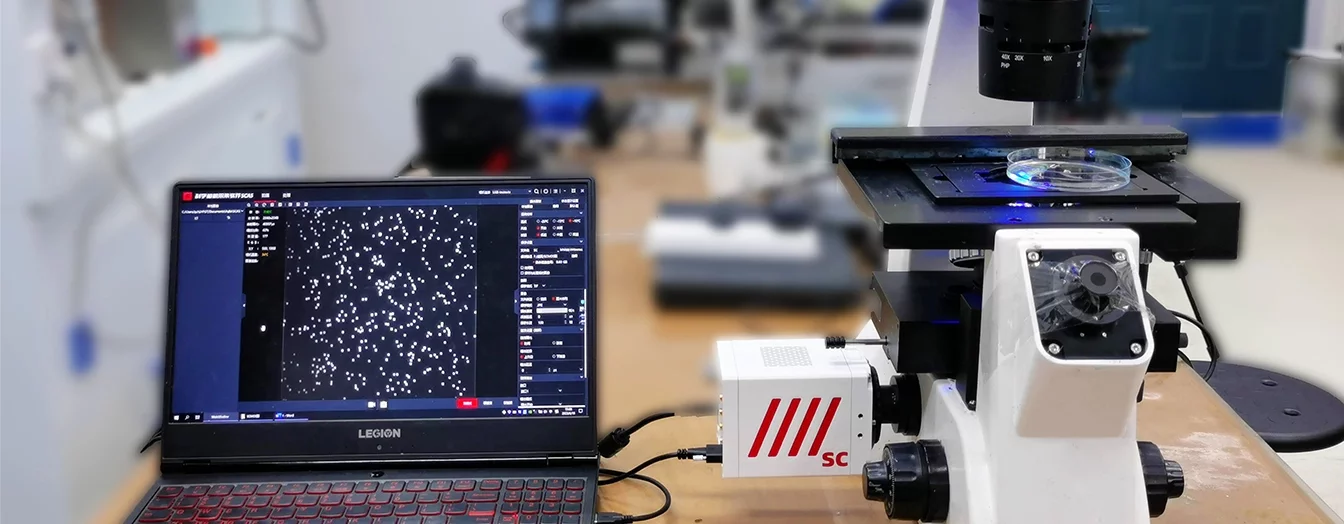Aircraft design and manufacturing is one of the most complex and technologically advanced fields in the world. Its reliability primarily depends on fuselage structural design, component assembly processes, material properties, and quality control of key components. These factors are integral to every link in the entire industry chain from design to manufacturing. Therefore, the results of material and structural mechanics performance testing directly impact flight safety.
Revealer DIC system is widely used in the aerospace field for measuring and verifying structural deformation and vibration under different working conditions. It replaces traditional extensometer and strain gauge measurement methods with a high-precision, non-contact, visual full-field measurement approach. The system can be conveniently integrated into testing environments such as environmental test chambers, wind tunnels, and fatigue test benches, providing displacement and strain measurement data for material testing, component inspection, and complete aircraft inspection during the aircraft manufacturing process.
Wind Tunnel Aircraft Flexible Skin Material Test
During high-speed flight, the friction between the gas and the surface of the skin material causes a large amount of kinetic energy to be converted into thermal energy and transferred to the surface of the skin. Therefore, the performance of the skin material is affected by different angles of attack, wind speeds, and temperatures. Researchers studying the properties of skin materials urgently need to understand the mechanical characteristics of its structure under different working conditions.


A research team conducted a wind tunnel test on flexible aircraft skins to study the effects of angle of attack, wind speed, and temperature on the performance of flexible materials for aircraft wings at a sweep angle of 7°. The experiment utilized two Revealer high-speed cameras to capture the motion states of the flexible skins under different conditions in the wind tunnel. Through Revealer DIC system, relevant variables were controlled and analyzed to obtain deformation and vibration data of the wing's flexible materials at various angles of attack, wind speeds, and temperatures with a sweep angle of 7°. Modal parameters and mode shape information were directly obtained from the software.
Research on Flutter of Vertical Tail Model under Wind Tunnel Wind Load
Under wind tunnel aerodynamic loads, the flutter characteristics of the tail wing are influenced by factors such as incoming flow angle of attack, component connection stiffness, and control surface connection stiffness. The visualization study of flutter characteristics has always been a hot topic of research, especially for deformation and vibration. Through photogrammetry, the deformation and attitude changes of the experimental model in the wind tunnel due to wind forces are obtained, thereby verifying the force state of the model under different working conditions.

A certain institution employed two high-speed cameras during a simulated experiment to capture the fluttering conditions of a wind tunnel model with a cantilevered tail. By utilizing the PMLAB DIC system from Revealer, they analyzed the vibrations and speckle deformations (C area) at different locations (marked points) under various wind speeds, obtaining the vibration mode parameters and shapes of the tail fin. The research findings provided data support for the development of a certain type of aircraft.
High-temperature thermal buckling test of C/SiC composite plates
With the rapid development of China's aerospace industry, the flight speed of new aircraft is getting faster and faster. This brings higher requirements for their thermal protection structures. As a result, the high-temperature mechanical properties of thermal structural materials have become an important basis for the design of thermal protection systems and aircraft structures. Digital Image Correlation (DIC) is an emerging non-contact deformation measurement method in recent years. Compared with traditional deformation measurement methods, it has the advantages of wide application range, strong environmental adaptability, simple operation, and high measurement accuracy. It has unique advantages especially in high-temperature experimental measurements.

In the high-temperature thermal buckling experiment of C/SiC composite material plates conducted by a research team, the PMLAB DIC system was used to observe and analyze the deformation process of the material surface as the temperature was loaded from room temperature to 1000 degrees Celsius. The results of full-field visualization measurements were obtained, and the correlation mechanism between temperature and deformation of C/SiC composite materials was studied.

Planar Metallic Specimen Uniaxial Tension (PLC Effect)
In the field of aerospace materials, many alloy materials exhibit special plastic instability phenomena under certain loading conditions, namely the Liiders effect and Portevin--Le Chatelier (PLC) effect. The Liider effect can be suppressed by applying pre-strain, while the PLC effect occurs during the work hardening stage, leading to high strain gradient localized deformation that roughens the material surface, affecting the service life and mechanical properties of the material. Digital Image Correlation (DIC), as a visualization full-field measurement method, focuses on the spatial characteristics of localized deformation bands. Combined with microscopic organization characterization and time domain analysis, it reveals the underlying physical mechanisms, providing a theoretical basis for suppressing the PLC effect in materials.

A research team conducted a study on the PLC effect by photographing a flat metal test piece under uniaxial tension using Revealer PMLAB DIC system. This resulted in obtaining the first principal strain void sequence curve, the first principal strain along the detection line, and an analysis of the internal strain situation. The incremental analysis intuitively reflects the occurrence and movement of the PLC band.
Summary
DIC technology has become an important tool and means in the field of aerospace research and manufacturing, covering the entire process from material testing, parts and product inspection, impact and motion testing, to aerospace engine, whole machine inspection, maintenance, and maintenance.
Revealer team, in collaboration with Professor Zhang Qingchuan's PMLAB research group, which from the University of Science and Technology of China, is dedicated to the research and development of new optical measurement technologies and their applications. They focus on providing high-precision three-dimensional optical measurement solutions for professional fields such as aerospace, materials science, civil engineering, and vehicle engineering. Revealer will also continue to strive to explore more image digitization applications, support the innovation and research and development of aerospace technology in our country, and inject new vitality into the field of optical measurement technology.




